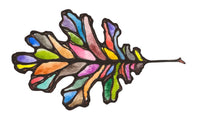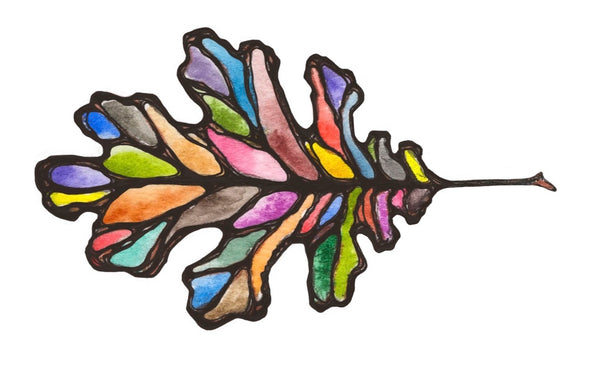When I was newer to the technical side of art supplies, a descriptor such as "single-pigment", would probably have meant just about nothing to me. Now I look at paint wrappers with the same scrutiny I apply to nutrition facts on food labels - I am looking for as few ingredients as possible in both cases. And in paints, I want just one pigment and no more...
Read more
I'll admit that I really did not enjoy waterbrushes at first. Actually, I kind of despised them. After giving them a serious try though, I've become a total convert and something of a waterbrush evangelist. Their convenience is unbeatable. And there are even some hidden perks to painting with them.
Read more
In this post, I'll be talking the often-overlooked mechanics of color mixing - where to mix your colors, how much paint to use, how to adjust mixtures, and different mixing methods.
Read more
I'm excited to introduce a new blog post series: The Color Category Chronicles, which will detail the origin of different color names, summarize their relevant light science, explore their position on the color wheel, overview pigments that typically represent the category, and offer information on how to mix various shades and hues within each category. This series is designed to bring the color wheel to life, combining history, science, and color theory in a way that is relevant for the watercolor painter. We'll begin with Red...
Read more
Using salt in watercolor painting is one of the most fun effects, but it's unpredictability generally relegates it to a bit of a novelty effect. However, if you understand the factors at play when using salt in watercolors, it can become legitimate technique. To get the results you want each time there are a few things to know...
Read more













